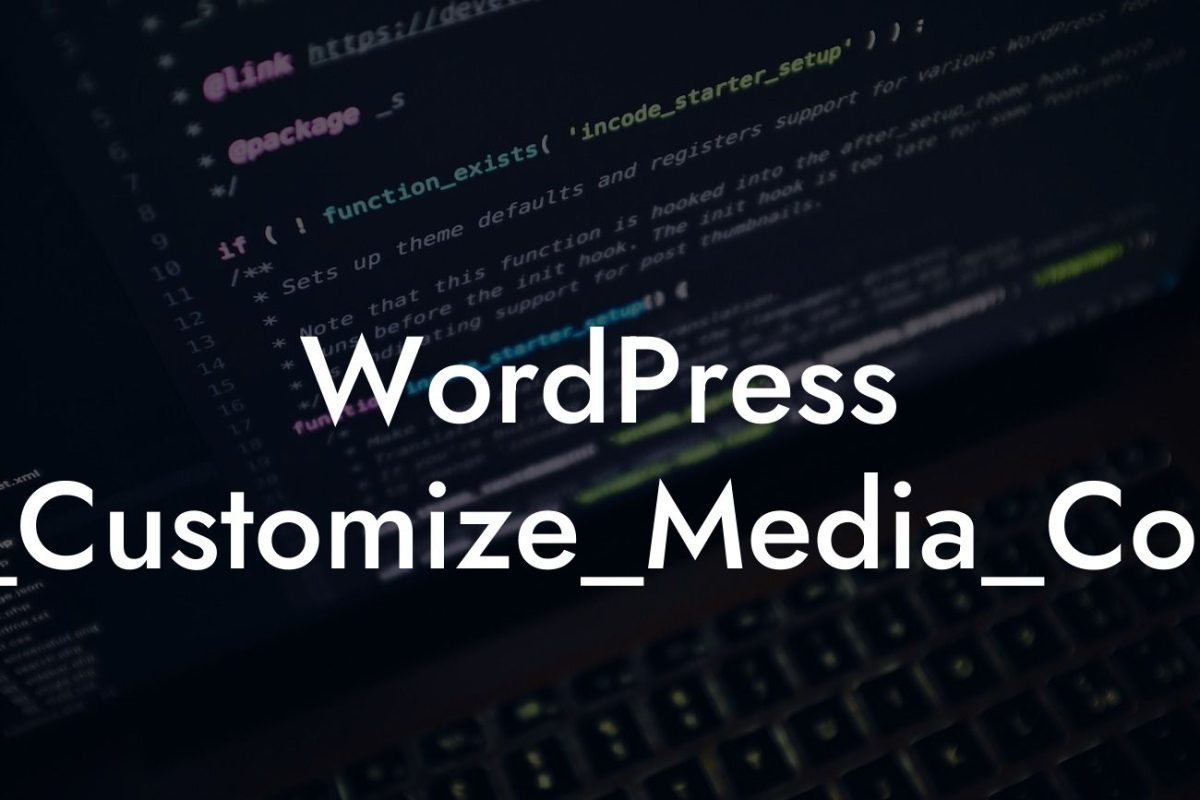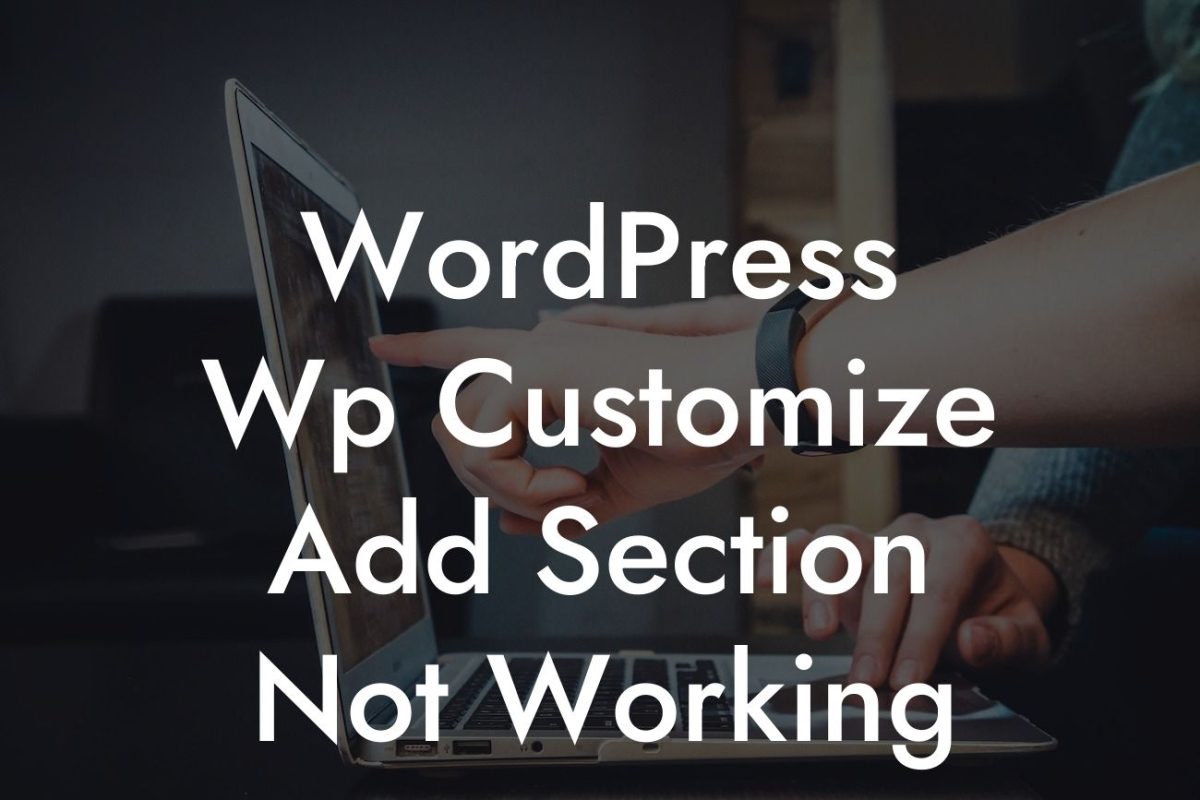Are you ready to take your email marketing strategy to the next level? By combining the power of Mailchimp and WordPress, you can elevate your blog's online presence and engage with your audience like never before. In this comprehensive guide, we'll show you exactly how to seamlessly add Mailchimp to your WordPress blog. Say goodbye to ordinary email marketing and embrace extraordinary results.
Adding Mailchimp to your WordPress blog is easier than you might think. Follow these simple steps to get started:
1. Sign up for a Mailchimp account: Start by creating an account on the Mailchimp website. It's free to get started and offers a range of features to help you grow your subscriber list and send professional-looking emails.
2. Install the Mailchimp for WordPress plugin: In your WordPress dashboard, navigate to the "Plugins" section and click on "Add New". Search for the "Mailchimp for WordPress" plugin and click "Install Now". Activate the plugin once it's installed.
3. Connect your Mailchimp account: After activating the plugin, you'll need to connect it to your Mailchimp account. Go to the plugin settings in your WordPress dashboard, enter your Mailchimp API key, and click "Save Changes".
Looking For a Custom QuickBook Integration?
4. Create a Mailchimp signup form: With the Mailchimp for WordPress plugin, you can easily create a custom signup form for your blog. Customize the form fields, design, and placements to match the look and feel of your website. Once you're done, save the form and copy the shortcode.
5. Embed the signup form on your WordPress blog: Decide where you want the signup form to appear on your blog, such as the sidebar, footer, or within a post. Paste the shortcode in the appropriate location using the WordPress editor or a text widget. You can also use the plugin's widget to display the form in any widget area.
How To Add Mailchimp To Wordpress Blog Example:
Imagine you run a fitness blog and want to offer your readers a weekly newsletter filled with workout tips, healthy recipes, and motivational quotes. By adding Mailchimp to your WordPress blog, you can easily set up a signup form where your readers can enter their email addresses to subscribe to your newsletter. With Mailchimp's powerful features, you can segment your subscribers, schedule automated emails, and track your campaign's success. It's the perfect way to nurture your audience and build strong relationships.
Congratulations! You have successfully integrated Mailchimp with your WordPress blog. Now you can nurture your subscribers, deliver valuable content, and cultivate strong relationships with your audience. Don't forget to explore other guides on DamnWoo to discover more ways to elevate your online presence, and be sure to try out our awesome WordPress plugins to supercharge your success. Don't settle for ordinary – embrace the extraordinary with DamnWoo.













